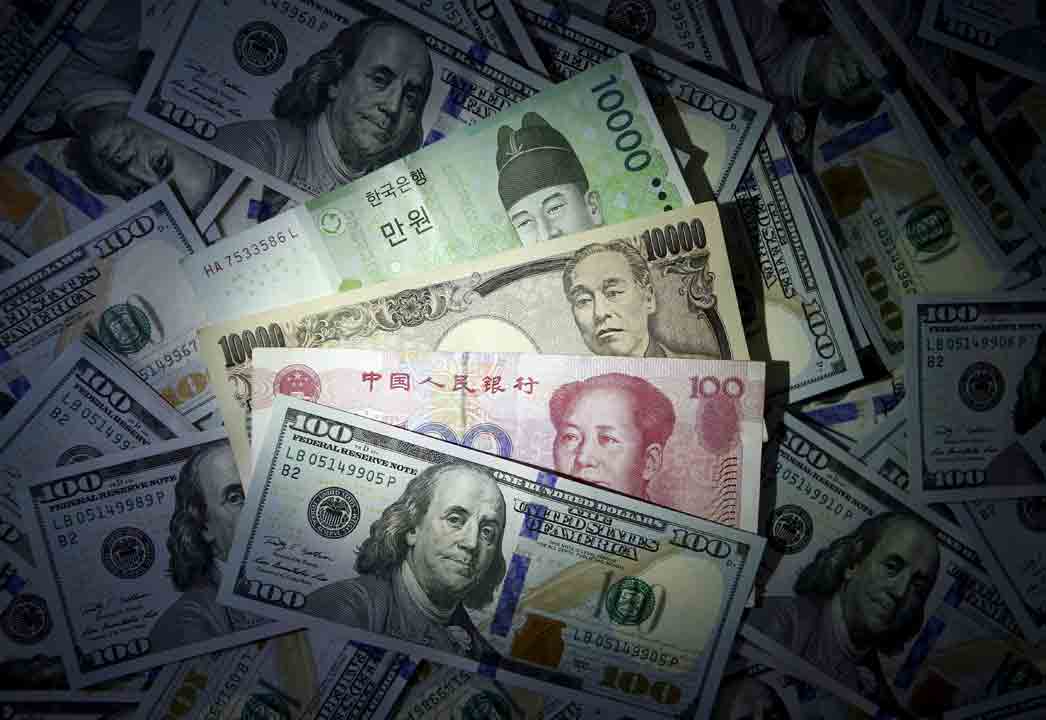




Philippines Trade Update: Trade trajectories trend along
 DOWNLOAD
DOWNLOAD

Policy Rate Updates: Double cut finale
 DOWNLOAD
DOWNLOAD

Monthly Economic Update: One for the road
 DOWNLOAD
DOWNLOAD


External debt payments fall by 20%

The Philipppines’ external debt service burden fell by 19.8% as of end-April as principal payments declined, data from the Bangko Sentral ng Pilipinas (BSP) showed.
Preliminary data from the central bank showed that the country’s debt service burden on its external borrowings dropped to USD 4.64 billion in the January-April period from USD 5.785 billion a year ago.
The debt service burden refers to the amount of money a country needs to pay back its foreign creditors.
BSP data showed principal payments slid by 41.5% to $2.115 billion as of end-April from USD 3.613 billion in the same period in 2023.
Meanwhile, interest payments jumped by 16.3% to USD 2.525 billion at end-April from USD 2.172 billion in 2023.
As of the first quarter, the debt service burden as a share of gross domestic product (GDP) stood at 3%, lower than 4.3% a year ago.
Earlier data from the BSP showed that the country’s outstanding external debt rose by 8.3% to a record USD 128.7 billion as of end-March.
This brought the external debt-to-GDP ratio to 29% from 28.9% a year earlier. Broken down, 17.8% came from the public sector while 11.2% was from the private sector.
External debt includes all types of borrowings by residents from nonresidents.
Rizal Commercial Banking Corp. Chief Economist Michael L. Ricafort said that the lower external debt payments were due to the smaller amount of matured external debt paid this year compared with last year.
“For the coming months, possible cuts in Fed and local policy rates that led to lower bond yields would help ease the external debt service bill in terms of lower interest payments on them,” he said in a Viber message.
Investors have locked onto the US central bank’s Sept. 17-18 meeting for the start of interest rate cuts that US Federal Reserve Chair Jerome H. Powell has said will represent a “consequential” change in policy from the pandemic-era battle against inflation to a phase of easing monetary policy, Reuters reported.
The Fed is expected to hold its benchmark interest rate steady in the 5.25%-5.5% range at its July 30-31 meeting, but its new policy statement may also change the descriptions of the economy and outlook to lay the groundwork for a rate cut in September.
Meanwhile, BSP Governor Eli M. Remolona, Jr. has repeatedly signaled the possibility of beginning policy easing by August this year.
He earlier said that the central bank can cut by a total of 50 basis points (bps) this year.
From May 2022 to October 2023, the BSP raised borrowing costs by a cumulative 450 bps in order to tame inflation.
The Monetary Board kept the benchmark rate to an over 17-year high of 6.5% for a sixth straight meeting in June.
Latest data from the Bureau of the Treasury showed that the National Government’s outstanding debt rose to a fresh high of PHP 15.35 trillion as of end-May. — Luisa Maria Jacinta C. Jocson
This article originally appeared on bworldonline.com





 By BusinessWorld
By BusinessWorld